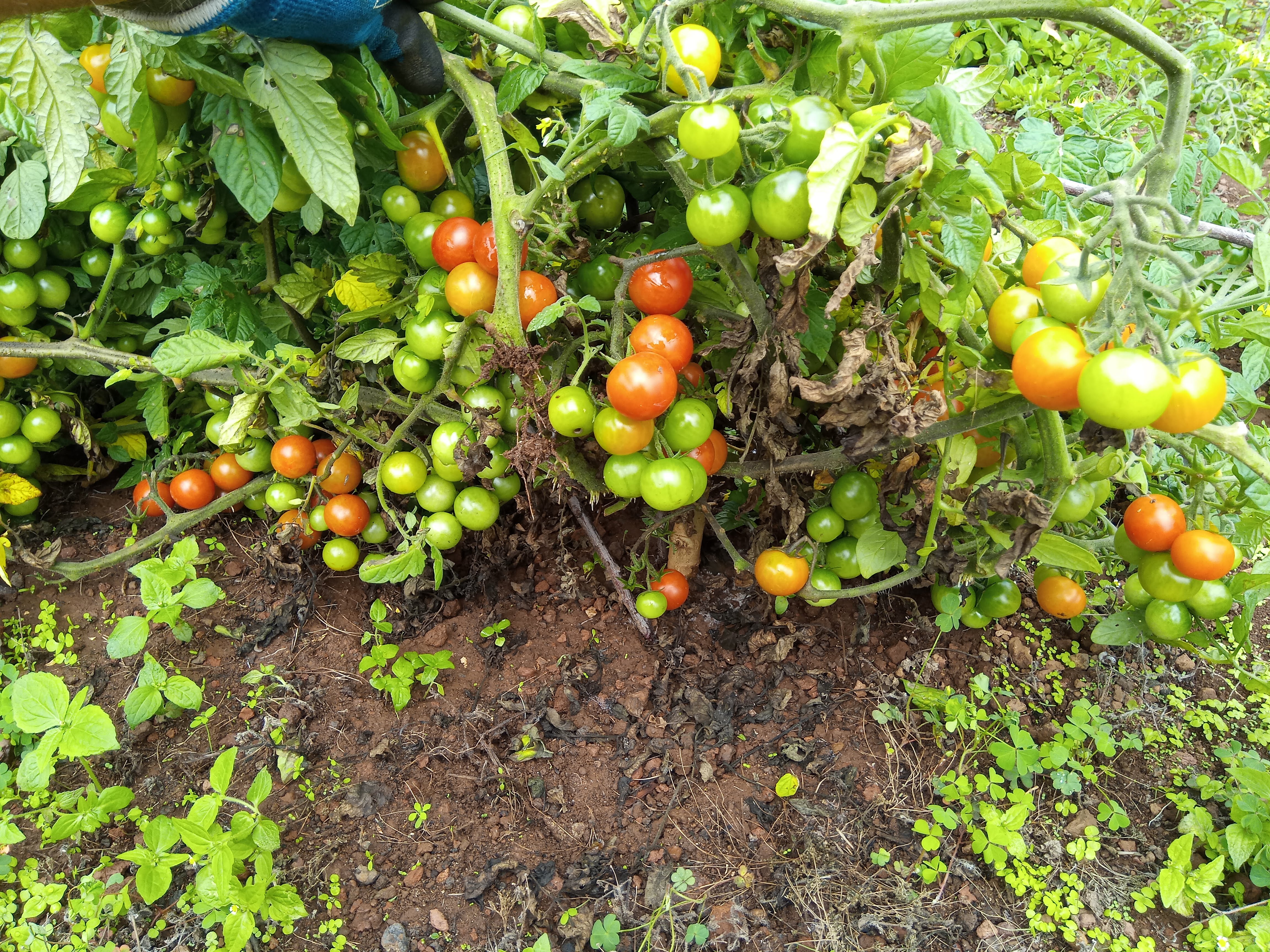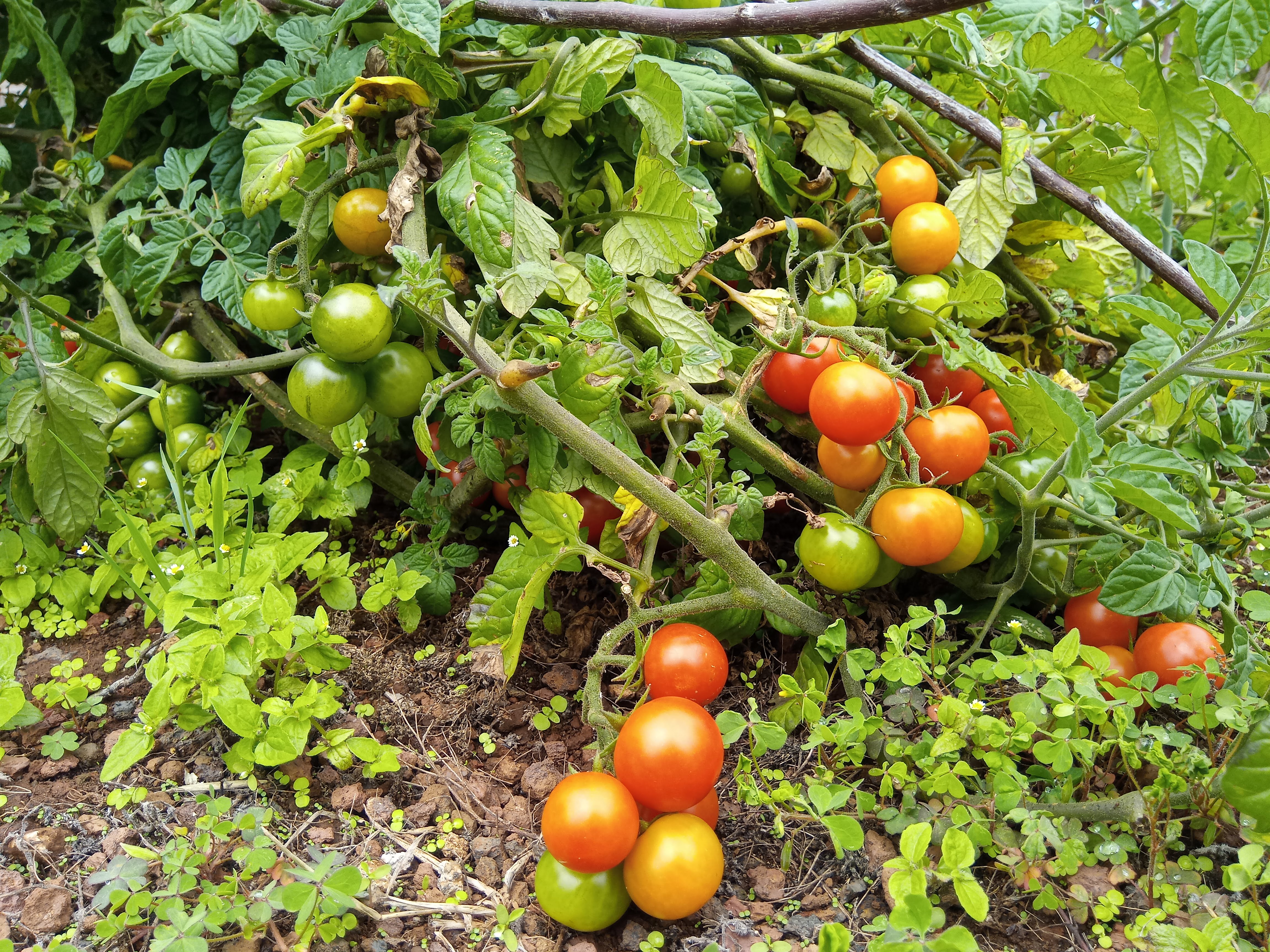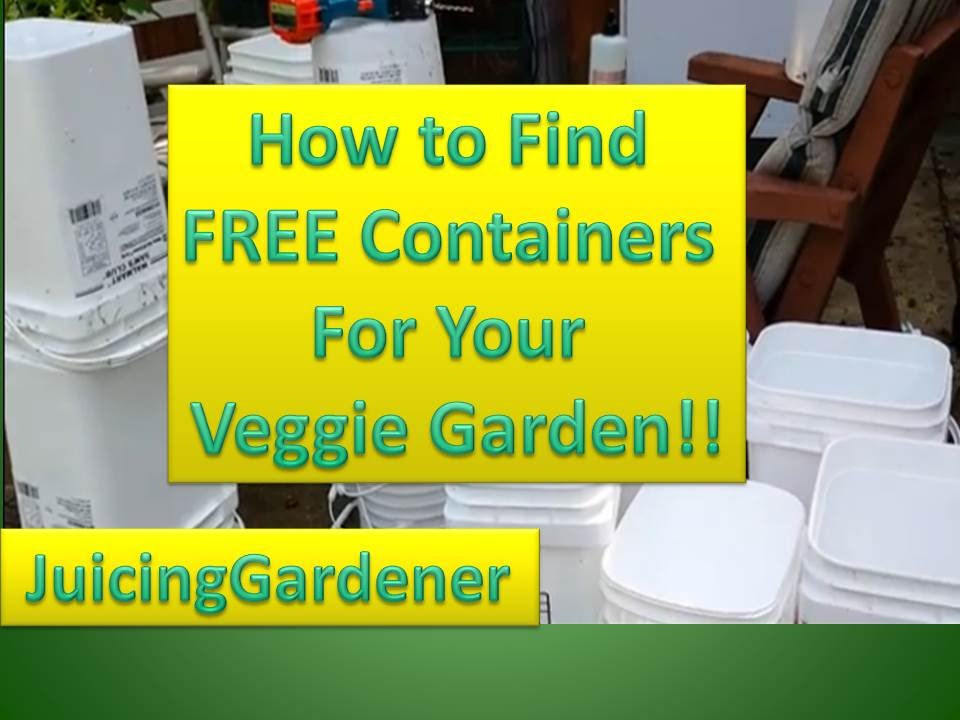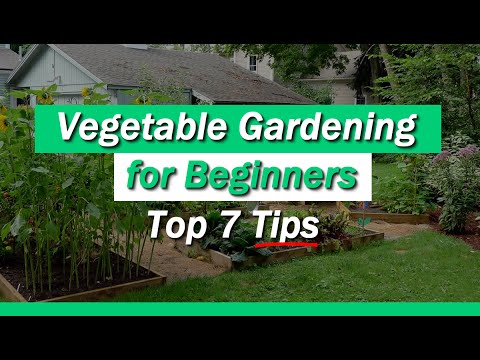Welcome to your comprehensive guide to vegetable gardening for beginners. Whether you have a garden or are brand new to growing vegetables this guide has you covered.
As a home gardener myself, I can speak first hand to the fun and satisfaction that comes from growing your own vegetables.
A home vegetable garden gives you an inexpensive source of fresh vegetables. And, you can control how organically they’re grown, and the quantity you want to produce.
You can choose to grow extra in-season vegetables and freeze, pickle or preserve them to enjoy all year round. Extra produce can also be used to make jams, jellies, pickles and preserves for yourself, or as gifts for others.
Keen to learn more?
This guide includes everything you need to know to start your home vegetable garden. You will learn how to choose the right location for your garden, the basic tools you’ll need, how to prepare the soil and care for your vegetables, and more.
It will be helpful to have a pen and notepad handy as you read on.
So, let’s dig in.
![]()
Picking a spot for your vegetable garden
If you’re new to vegetable gardening, it can be helpful to start with a smaller area while you get the hang of things.
Depending on your situation, you might to decide to plant in:
- An existing area of your garden
- A raised garden bed for ease of planting and harvesting
- Or, if you have a balcony garden you’ll need pots that provide good drainage and are big enough for the vegetables you plan to grow.
Where possible try to pick a spot that:
Is easy to get to
Grow your vegetables where you can see them and access them. This will make it easier for you to keep up with watering, weeding and harvesting.
Gets 6 to 8 hours of sunlight a day
Many vegetables require between six to eight hours of daylight to grow healthy and strong.
Has good drainage
Good drainage protects your vegetable plants from becoming waterlogged. Too much water can lead to root rot, which impacts the health of your plants.
Has healthy soil
As you will be eating your homegrown vegetables, consider the health of the soil where they’re going to grow. Make sure that the soil isn’t exposed to harmful chemicals, paints or oils.
Tip: Grab a pen and paper and draw out a rough map of the space for your vegetable garden. Keep this handy as you pick the vegetables you will plant. Use your map to plot where each vegetable type can fit. Keep in mind different light requirements (can they live underneath taller plants), height, spread, and spacing.
Choosing what vegetables to grow
To decide what vegetables to grow (and when), get your pen and paper and write down the vegetables that you cook with and enjoy eating.
Next, a quick Google search will help you to find a planting chart for your region and growing zone. This will show you when your favourite vegetables grow, and for how long you can expect to get produce.
Get your garden map, and mark the space needed for your preferred vegetables.
If you want to go a step further, have a read about companion planting. When planted together, certain plants provide pest control and pollination support to other plants. This can give your vegetable garden a boost simply by using companion planting.
Check out marigolds and mint for easy-grow pest control.
Some vegetables that are easy to grow as a beginner vegetable gardener include:
- Perennial herbs such as rosemary, mint and thyme – They thrive from regular picking and will also help to keep pests away from your garden. Plus, they’re healthy and taste great in a range of recipes.
- Zucchini – zucchini plants grow fast and you can use both the fruit and the flowers. As they are a vine, make sure you have space for them to spread out.
- Tomatoes – tomato plants grow easily and provide a high yield of produce. There are many varieties of tomatoes so have fun mixing it up and trying out different types.
- Radish – radishes are very easy to grow and grow quickly from seeds (harvest in about 6 weeks).

Essential Vegetable Gardening Tools for Beginners
To get you started easily and affordably, there are a few essential gardening tools you’ll need.
If your vegetable garden is in a large area like your backyard garden, you’ll need:
- A round-tipped shovel for digging
- A garden fork for turning and loosening the soil
- A hand trowel for weeding and for transplanting seedlings or new plants
- Gardening gloves to protect your hands
- A garden hose and nozzle or a watering can (of sufficient size).
If possible, these gardening tools will also make your vegetable gardening easier:
- Sharp scissors or secateurs for harvesting and pruning your plants
- A wheelbarrow if you need to move large amounts of dirt and compost
- A kneeling pad to support your knees whilst gardening
- A soaker hose for set-and-forget watering
Preparing the soil
Before planting your vegetables or seeds, check the health of your soil. You can find testing kits in many nurseries, or online. They allow you to check the soil pH and make adjustments if needed.
Help your vegetables to grow strong by adding quality vegetable soil (available in stores), or compost to your soil.
Try making your own compost with a backyard compost heap, a worm farm or a Bokashi bucket (ideal if you don’t have access to a large garden).
Planting your vegetables
Check your local planting chart (from earlier) to decide which vegetables to plant first. Choosing seeds and seedlings that are in season in your area will set you up for a successful harvest.
Use your garden map to check the spacing needs of your vegetables as you plant them. Follow the directions on your seed packets or seedling labels.
Water your newly planted vegetables with a gentle watering can or hose setting. Feed them with a quality plant food (there are natural options made from seaweed and other natural materials).
Caring for your vegetable garden
Watering
Young vegetable plants are tender and need ‘gentle’ watering. Just turning the hose on and pointing it at them can cause the fine stems to break. Try using a ‘shower’ setting on your hose or a watering can with a fine head on it.
Watering in the morning will make sure your vegetable plants have enough water during the day. Avoid watering them in the heat of the day as this can lead to scorching.
Make note of watering recommendations from plant packets.
Investing in a soaker hose can be a great way to save time and ensure your plants are getting enough water to thrive.
Fertilising
Check plant packets for specific information on how often your vegetables need to be fed.
You can use manure, compost or a water soluble fertiliser to keep your vegetables healthy and happy.
Typically plants will need fertilising every few weeks (especially when in season).
Weeding
Keep an eye on weeds that might appear in your garden bed. These will take nutrients away from your vegetable garden and can cause other issues for your plants.
Having a regular weeding schedule helps to prevent them from seeding (and spreading). Make it easy by weeding after you’ve watered or after rain – they will be easier to remove from the soil.
Harvesting your homegrown vegetables
Seed packets and plant labels will give you guidance on roughly how many weeks it will be until you can harvest your fresh, homegrown vegetables.
Keep an eye on changes in colour, growth, and the suggested time frames.
Use your sharp scissors or secateurs to harvest without causing harm to the rest of the plant.
Harvesting your vegetables as they’re ready will help your plants to have enough nutrients to continue producing all season.
If you produce more vegetables than you need, freeze or preserve them. Make them into delicious jams (tomatoes, rhubarb), and pickles (cucumbers, sauerkraut – cabbage).
Enjoy these extra benefits of starting your own vegetable garden
So, we’ve talked about the perks of vegetable gardening for your wallet and your favourite recipes. Did you know that gardening can also help you relax, release stress and get fit?
Sounds pretty good doesn’t it?
If you don’t have access to your own garden at home, you might enjoy getting involved in a community garden in your area. There you can grow your own vegetables, and connect with other people in your community.
Key Takeaways
- Pick the right spot for your vegetable garden considering location, sunlight, drainage and soil health.
- Choose to grow vegetables that grow well in your area and that you enjoy eating.
- Get your gardening tools ready using the essentials list above.
- Prepare the soil, checking it’s health and improving quality with soil and compost.
- Plant your vegetables according to recommendations, season, and garden space.
- Care for your vegetable garden by watering, fertilising and weeding as recommended.
- Harvest your homegrown vegetables as they ripen.
- Enjoy yourself! Growing your own vegetables is great for your wallet, your diet and your physical and mental health.
Linked products are for inspiration only. Check your local area or current deals and reviews to choose the correct product for your needs.





